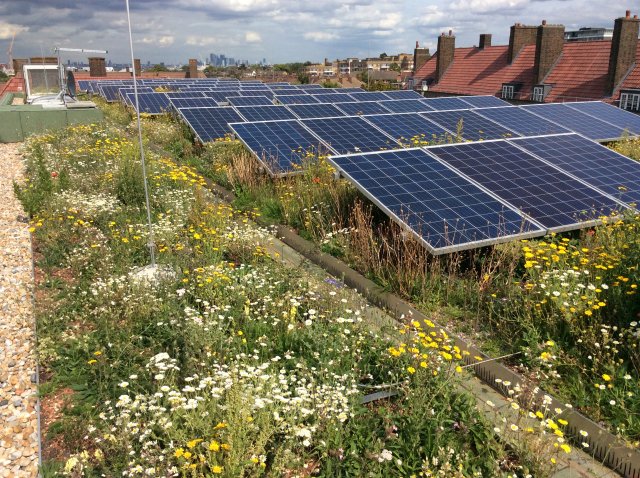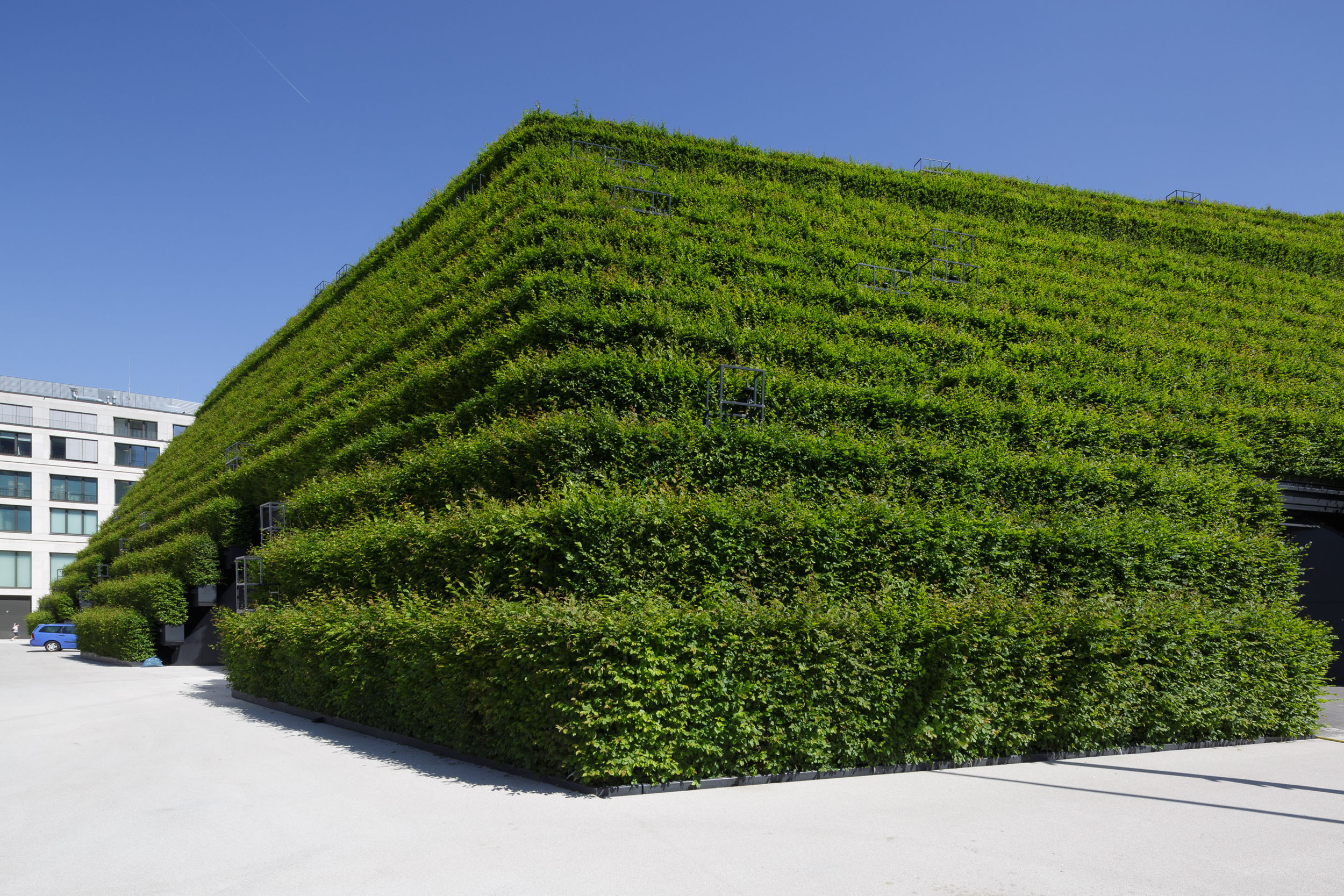
Latest News
Study confirms green roofs’ positive impacts on solar panels
We at WGIN have for long known that green roofs can positively impact the performance of solar panels. Now, an Australian comprehensive study shows green

We at WGIN have for long known that green roofs can positively impact the performance of solar panels. Now, an Australian comprehensive study shows green

All pictures © Optigrün international AG Green island in the centre of Düsseldorf instead of a city motorway – building greening makes it possible. Location: Kö-Bogen IICity: Düsseldorf
Follow us on the channel that best suits you to receive our latest updates!
Join us. Get member benefits. Promote your company, projects, products and services.